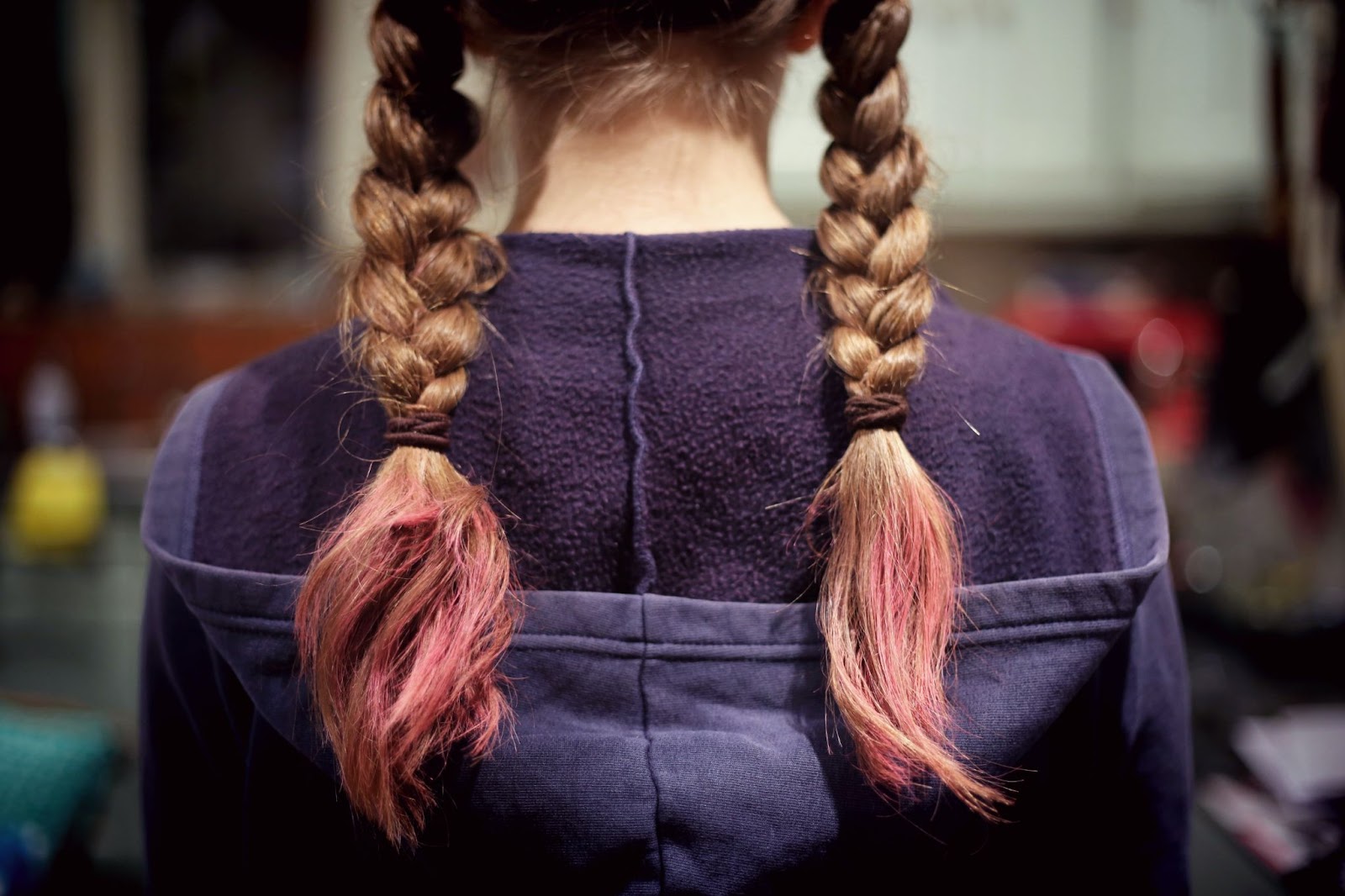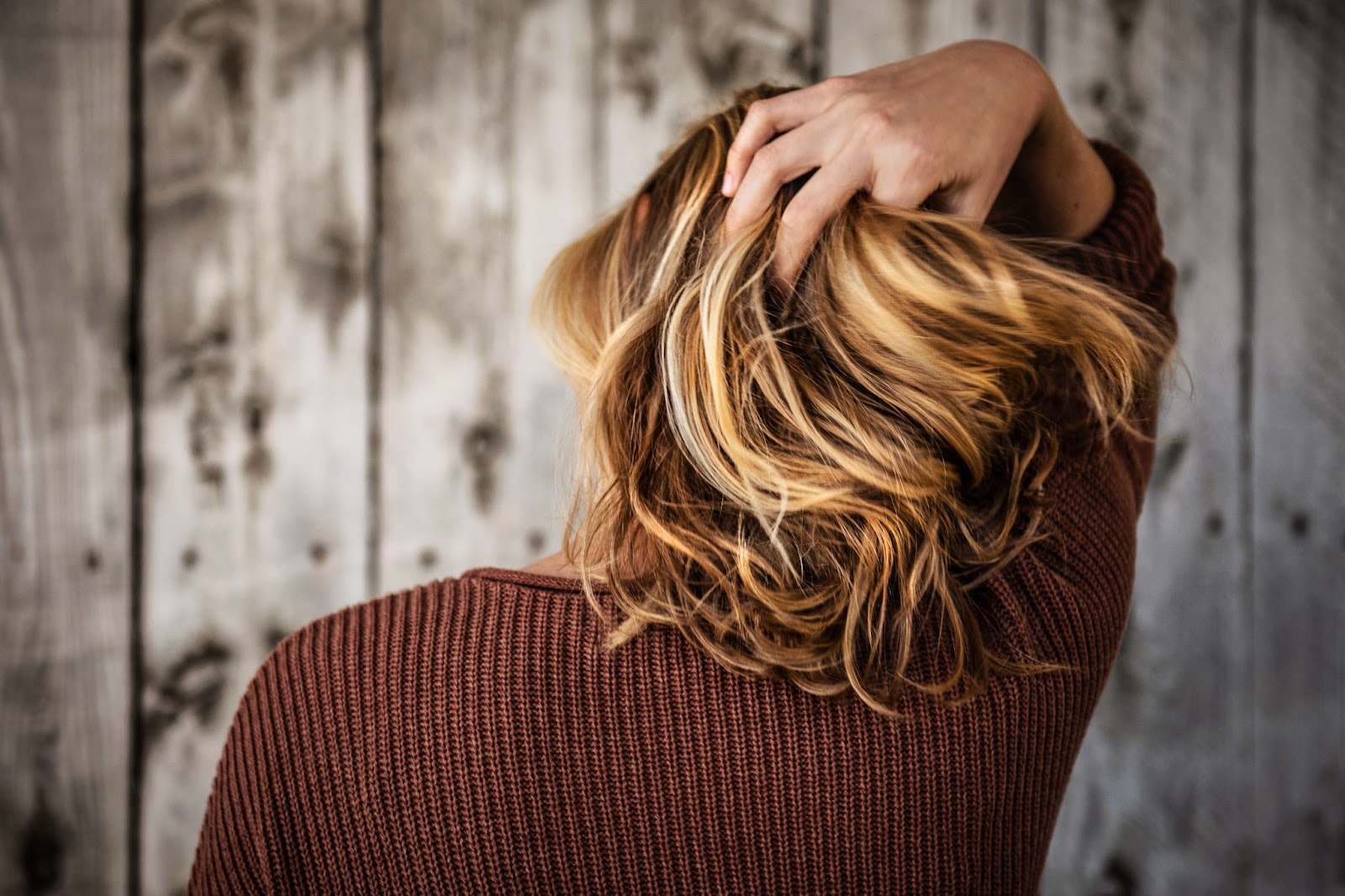Trichotillomania bracelets have emerged as a groundbreaking solution for individuals struggling with compulsive hair-pulling disorder, also known as trichotillomania. This innovative approach offers a discreet and effective way to manage the urge to pull out one’s hair, providing much-needed relief for those affected by this challenging condition.
Trichotillomania bracelets offer a discreet and effective solution for managing hair-pulling habits and improving overall well-being and quality of life. These innovative tools relieve individuals struggling with this distressing condition, offering a tangible tool for regaining control.
Understanding their benefits and functionality can help individuals find solace in their journey toward recovery.
Understanding Trichotillomania
Trichotillomania is a mental illness marked by an overwhelming urge to pull out one’s hair, which causes noticeable hair loss. It is classified as an impulse control disorder and often leads to feelings of shame, embarrassment, and distress for individuals who experience it.
Trichotillomania can affect people of all ages and genders, with symptoms typically starting in childhood or adolescence. The exact cause of this condition is unknown, but it is believed to be influenced by a combination of genetic, environmental, and psychological factors. Treatment options for trichotillomania include therapy, medication, and support groups.
Cognitive-behavioral therapy (CBT) is often the primary treatment approach for trichotillomania, helping individuals identify triggers and develop alternative coping strategies. Medications such as selective serotonin reuptake inhibitors (SSRIs) may also be prescribed to manage symptoms. Support groups provide a valuable platform for individuals to share experiences, find support, and learn from others who are going through similar challenges.
With the right treatment and support, many individuals with trichotillomania can manage their symptoms effectively and improve their quality of life.
Benefits Of Trichotillomania Bracelets
Given below are some important points that prove why you must try using these bracelets if you’re suffering from Trichotillomania:
1. Acts As A Physical Reminder
Trichotillomania bracelets act as a physical reminder for individuals struggling with this disorder. By wearing the bracelet, it serves as a visual cue to remind them to resist the urge to pull out their hair. The constant presence of the bracelet on their wrist can help bring awareness and mindfulness to their actions, making it easier for them to break the habit of hair pulling.
Additionally, the bracelet can provide comfort and support, as individuals can look down at their wrist and feel empowered to resist the urge. This constant reminder can aid in building self-control and reducing the frequency of hair-pulling episodes. Overall, trichotillomania bracelets serve as a tangible tool in the journey towards recovery and management of this disorder.
2. Help Increase Self-Awareness And Mindfulness
These bracelets can also help individuals increase their self-awareness and mindfulness. By wearing the bracelet, individuals are constantly reminded of their hair-pulling habit, encouraging them to stay present and be more aware of their actions.
This increased self-awareness can lead to a better understanding of triggers and patterns associated with hair pulling, allowing individuals to develop strategies to prevent or manage these triggers. Additionally, the bracelet can serve as a reminder to practice mindfulness techniques, such as deep breathing or grounding exercises, which can help individuals stay calm and reduce the urge to pull their hair. By promoting self-awareness and mindfulness, trichotillomania bracelets can contribute to the overall success of managing trichotillomania.
3. Serve As A Coping Mechanism
Trichotillomania bracelets can serve as a coping mechanism for individuals struggling with hair pulling. Wearing the bracelet can provide a sense of comfort and security as a physical reminder of their commitment to overcoming trichotillomania.
This tangible object can also serve as a distraction tool, allowing individuals to redirect their focus and energy towards something positive, such as fidgeting with the bracelet or engaging in other soothing activities. This coping mechanism can help reduce stress and anxiety levels, ultimately aiding in managing trichotillomania symptoms.
4. Work As A Discreet Tool
In addition to providing comfort and security, the tangible object, such as a bracelet, can also function as a discreet tool for individuals dealing with trichotillomania. Unlike other coping mechanisms that may be more noticeable or draw attention, having a discreet tool allows individuals to manage their symptoms without others necessarily knowing.
This can be particularly helpful in social or professional settings where individuals may want to maintain privacy and avoid judgment or stigma associated with their condition. A discreet bracelet can help individuals with trichotillomania redirect their hair-pulling urge, preventing hair loss or damage. Fidgeting with the tool reduces anxiety and stress while also aiding in managing the condition and promoting self-confidence and control.
5. Offer Emotional Support
One important benefit of discreet bracelets for individuals with trichotillomania is that they can provide emotional support. Trichotillomania is a complex condition, and those affected often experience shame, guilt, and embarrassment. The discreet bracelet can symbolize support and understanding, reminding the individual that they are not alone in their struggles. Additionally, wearing the bracelet can serve as a subtle signal to others that the person may need patience and empathy, fostering a more compassionate environment for them to navigate through.
This emotional support can greatly contribute to the individual’s overall well-being and help them feel more accepted and understood in their daily life. READ: How to Stop Dermatillomania








